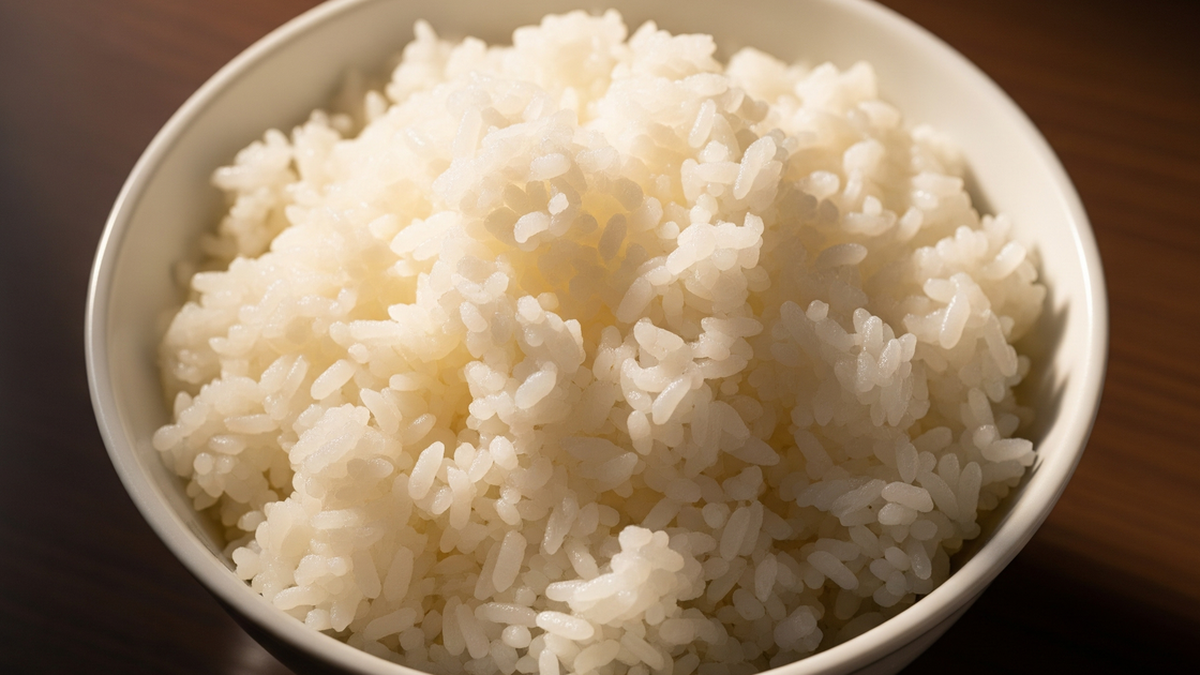Having your own recipes, making a grocery list in advance, and planning meals out help control portion sizes and keep blood sugar levels stable.
Diet and lifestyle changes can have a positive impact on blood sugar control, so a healthy meal plan is an essential part of diabetes management. People with diabetes should develop an individualized meal plan based on their age, gender, activity level, medications, and other factors. A meal plan helps people control portion sizes and makes it easier to make healthy choices when they are hungry.
Find recipes : Patients can choose some recipes that are friendly to diabetics and suit their preferences. Only choose 2-3 recipes a week. This principle helps reduce food storage time, makes cooking easier and avoids wasting a lot of ingredients. Recipes should limit the use of sugar and additional spices such as oyster sauce, chili sauce, sauces... Some suggested dishes for diabetics are:
Breakfast: vermicelli with meatballs, egg bread, vermicelli with crab soup, pho...
Lunch: rice, spinach soup, braised fish, green vegetable soup, jute soup, sour soup with catfish cakes, braised chicken, fish in tomato sauce...
Afternoon: stuffed tofu, braised pork with pepper, boiled okra, bean sprouts, stir-fried broccoli...
Patients can choose snacks such as chocolate, corn, some fruits such as apples, grapefruit, unsweetened, low-fat yogurt... for a light meal.
Make a grocery list : The next step is to make a list of the foods you need to buy. Having the necessary foods ready will help you avoid binge eating when you feel hungry, causing a sudden increase in blood sugar. If possible, take the time to prepare all the foods to make the preparation process faster and more convenient.

Make a list of foods needed for healthy meals. Photo: Freepik
Make a list of meals to eat out : Meal planning doesn’t have to mean preparing homemade meals. It can also mean planning meals out with friends or family. Research restaurants that serve hot food, have salads, or fast food joints that are low in carbs and focus on vegetables.
Distribute nutrients according to the following rules:
Carbohydrates : Aim for 45-60 grams of carbs per meal and about 15 grams per snack. Starchy foods include: breads, cereals, rice and crackers, fruits, legumes such as beans, lentils, soybeans, starchy vegetables such as potatoes, winter squash and corn...
Fat : A balanced diet should contain about 20-35% of calories from fat. Each meal should contain 15-25 grams of fat, based on a 2,000-calorie diet. Foods high in fat include: avocados, olives and olive oil, canola oil, coconut and coconut oil, nuts, whole or full-fat dairy, beef, pork, lamb, veal, poultry skin...
Protein: Adults can consume 45-60g of protein per day, divided into main meals and snacks. Protein-rich foods include: poultry, fish, eggs, soybeans...
Fiber : Adults with diabetes should aim for 35 grams of fiber per day. Fiber is an important nutrient to consider when planning diabetes-friendly meals. Fiber helps slow the rise in blood sugar. It has a complex structure, so it takes longer to digest.
Foods rich in fiber include vegetables, beans, lentils, starches like sweet potatoes and squash, fruits like apples and berries, whole grains like brown rice, oats...
Anh Chi (According to Very Well Health )
Source link







































































































Comment (0)